CATL supplies Mercedes-Benz high energy density battery
Mercedes-Benz will use a new high-energy-density battery in its G-Class from 2025 that uses a silicon-based anode and has a 20-40 percent higher energy density than comparable batteries currently available. The market potential of silicon-based anodes has gradually opened up, and it has begun to appear in power tool batteries, High-end digital batteries, and power batteries.
According to reports, the battery is provided by CATL, and the anode material is from Sila Nanotechnologies (“Sila Nano”), a California-based startup founded by a former Tesla engineer.

Mercedes-Benz transitions to full electric
On July 22 last year, Mercedes-Benz held a strategic conference on the transformation from “electricity first” to “full electric”, and plans to achieve a full electric pattern by 2030.
Among them, in terms of battery technology route, Chief Technology Officer Sajjad Khan said that the next-generation power battery will adjust the chemical composition according to the needs of customers in different markets.
It will cooperate with battery material company SilaNano and other partners in anode technology, and increase the battery energy density to 900Wh/L through silicon-based anode technology; in the future, it will strengthen cooperation with partners to further promote high-silicon anode technology.
It now appears that SilaNano’s silicon-based anode technology has basically matured and is about to be commercialized, and Mercedes-Benz will also be equipped with power batteries using this technology.
So, what is a silicon-based anode battery, and what are the advantages and disadvantages? What unique technology does the silicon-based anode battery of the CATL use, and where will this battery be produced?
What is a silicon-based anode battery
With the increasing demand of car companies and consumers for longer cruising range, the power battery with graphite-based electrodes can no longer meet the demand, and to improve the energy density of the battery, the specific capacity of the positive electrode material and the negative electrode material needs to be improved.
The positive electrode of power batteries is generally made of high-nickel material, and the familiar 811 is one; the negative electrode is a silicon-based negative electrode.
The reason for choosing silicon is that after decades of development, the specific capacity of the traditional graphite anode has reached 360~365mAh/g, which is very close to the theoretical specific capacity of 372mAh/g, and the room for improvement is limited.
The theoretical gram capacity of the silicon-based negative electrode material is 4200Ah/g, which is ten times higher than the graphite negative electrode capacity ceiling, and at the current technical level, the silicon-based negative electrode is essential to achieve a battery of 300Wh/kg.
According to the data, silicon-based anode materials are generally divided into two categories. One is silicon-carbon anode, that is, nano-silicon and graphite are mixed. The theoretical gram capacity exceeds 3000mAh/g, but the actual capacity is just over 2000mAh/g; the other is Silicon oxide negative electrode, silicon oxide mixed with graphite as negative electrode, the approximate gram capacity is 1400-1800mAh/g.
At present, the focus of the two anode applications is different. Lin Shaoxiong, head of anode material technology at Guoxuan High-Tech Engineering Research Institute, once said that silicon carbon anodes in China are generally used in more 3C products; in terms of power batteries, silicon-oxygen anodes are generally used.
But silicon also has major drawbacks. The expansion rate is high, and the charge-discharge expansion can reach about 300%; the output is low, and currently only BETTER can supply in large quantities in China;
The cost is high. The current market price of silicon-based anodes is 200,000-300,000 RMB/ton, which is 4-6 times higher than the mid-end artificial graphite price of 50,000 RMB/ton, and the gross profit margin is 50%.
Although the difficulty of cost affects the application of silicon-based anodes in the field of power batteries, a few models on the market have begun to use silicon-based anode materials. At the same time, this also means that silicon-based anode materials have more room for growth in the field of power batteries, especially the upcoming 4680 battery will become a warm wind to change the market.
CICC made a clear judgment in a recent research report that 2022 is expected to become the first year of industrialization of silicon-based anodes. It is estimated that the global demand for silicon-based anodes is expected to reach 200,000 tons in 2025.
Among them, the penetration rate of consumer batteries is expected to reach 50%, corresponding to the demand of about 70,000 tons of silicon-based anodes; the penetration rates of cylindrical and square power batteries are 35% and 20%, respectively, corresponding to the demand of about 130,000 tons of silicon-based anodes.
Silicon-based anode battery in CATL
Due to cost considerations and to maintain a balance between material energy density and stability, “silicon doping and lithium supplementation” is the main technical direction of silicon-based anodes at present.
However, silicon doping and lithium supplementation are two technologies. Negative silicon doping is to improve energy density, and lithium supplementation is to improve cycle life. They all help to improve the performance of power batteries and have been widely used in products with higher energy density.
The advantages and disadvantages of silicon-based have been introduced before, and here we focus on lithium supplementation technology. Lithium supplementation technology is pre-lithiation technology, the purpose is to compensate for lithium loss and prolong cycle life, so as to achieve the effect of slowing down attenuation.
The reason for lithium supplementation is mainly due to the second major disadvantage of silicon anode materials – low first efficiency. At present, there are two bottlenecks in lithium supplementation technology: safety and technological maturity.
According to the information disclosed by the CATL in the past few years, they are also using the silicon-doped lithium supplement technology, and they have been equipped with over-produced models.
In March 2019, CATL announced that its R&D team had conquered key core technologies such as high-nickel ternary materials and silicon-carbon anode materials, and took the lead in developing battery samples with an energy density of 304Wh/kg.
On January 13, 2021, Zhiji Automobile, jointly built by SAIC, Zhangjiang Hi-Tech and Alibaba Group, released a new car brand “IM Zhiji” and launched two mass-produced models for the first time in the world. The new car will be equipped with a battery jointly developed by SAIC and CATL with the technology of “silicon-doped lithium-ion battery”, with a maximum cruising range of over 1,000 kilometers.
Now, Mercedes-Benz G-Class models will also use the silicon-based anode battery of CATL, which also means that CATL’s new technology products have taken a solid step.
However, “CATL is mainly facing the issue of cost-effectiveness. The cost of applying silicon-based anodes is too high. If the energy density of batteries with an energy density of 550Wh/kg can be mass-produced, it means that the application of silicon-based anodes is mature.” One person Silicon-based anode research and development sources revealed.
As for the 4680 battery of another major customer, Tesla in Top 5 energy storage battery companies, according to industry information, CATL has planned 8 4680 battery production lines with a total of 12GWh.
It is worth noting that the aforementioned anode material manufacturer Sila Nano is located in the San Francisco Bay Area of the United States. Considering the assembly efficiency and cost of the production line, it may be more likely that CATL will produce the battery in the United States.

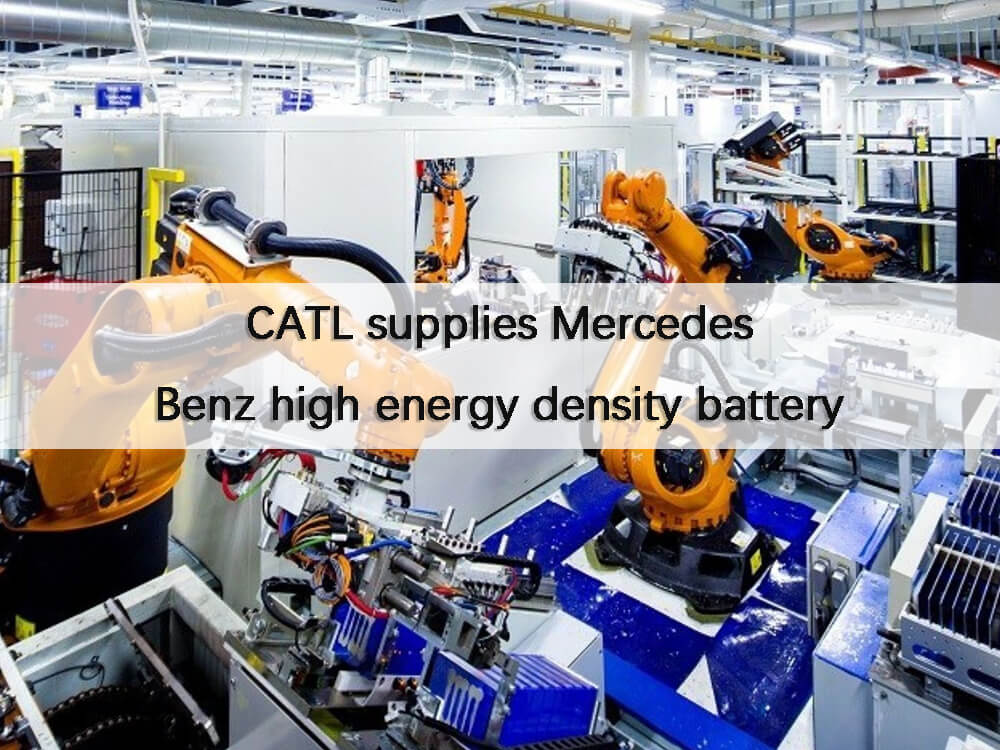
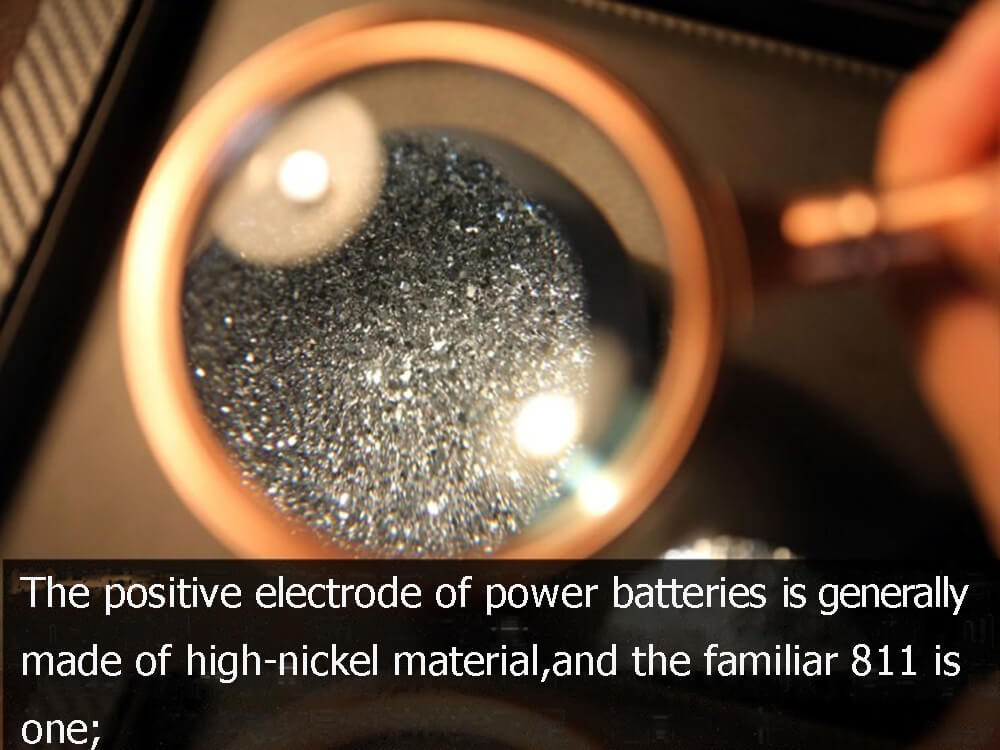
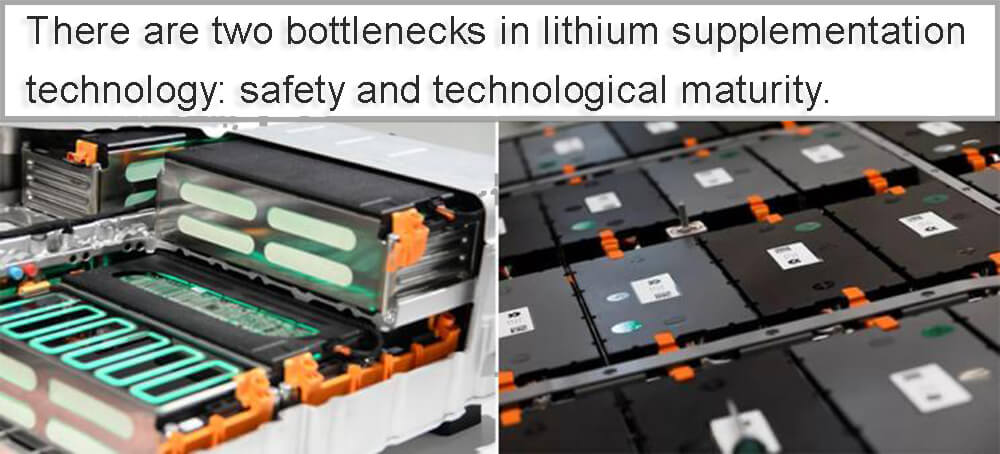
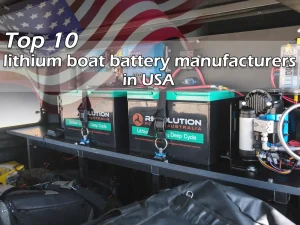
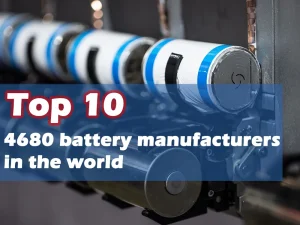
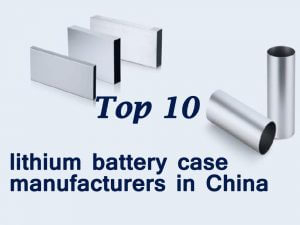



















1 thought on “CATL supplies Mercedes-Benz high energy density battery”
Nicee post. I wass checking conetantly thus blog and I am impressed!
Extremely heppful information particularly the lzst part 🙂 I
care for such info much. I was seeking this particular inormation for a
veery long time. Thasnk yoou and best of luck.